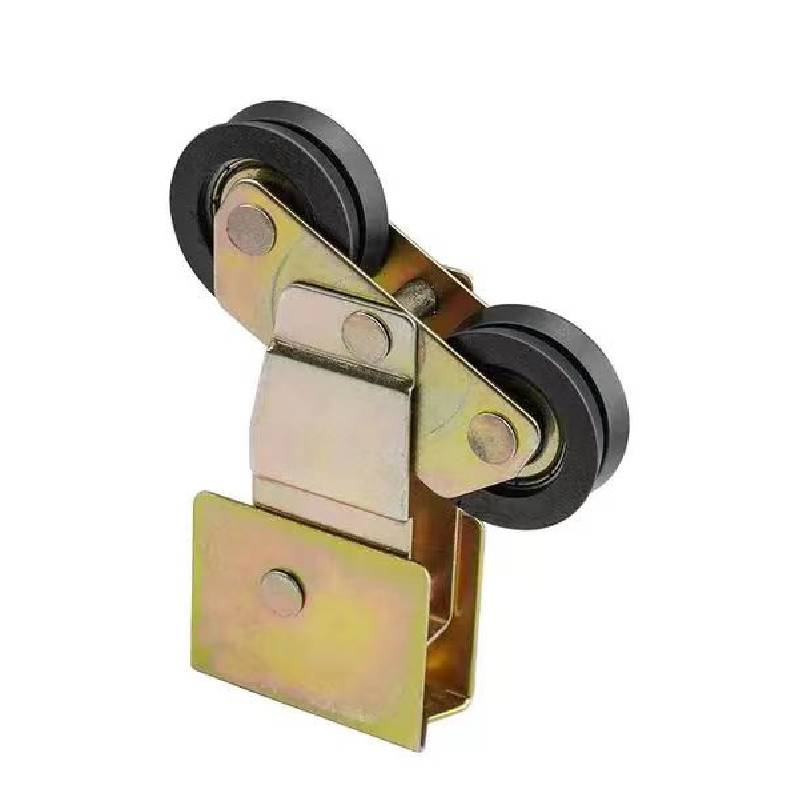Elegant Wrought Iron Creations for Timeless Home and Garden Aesthetics
Ornamental Iron Designs An Elegant Fusion of Art and Functionality
Ornamental iron designs have long captivated homeowners, architects, and artists alike with their intricate beauty and timeless appeal. This traditional craftsmanship, which dates back centuries, seamlessly blends functionality with artistry, giving structures both strength and sophistication. As modern aesthetics evolve, ornamental iron continues to play an indispensable role in architectural design, landscaping, and interior decor.
The Rich History of Ornamental Ironwork
The origins of ornamental iron can be traced back to ancient civilizations, including the Egyptians, Greeks, and Romans, who utilized iron forging techniques to create both practical tools and decorative elements. Over time, with advancements in metallurgy and design philosophy, iron became a popular choice among artisans during the Gothic and Renaissance periods. Master blacksmiths started crafting intricate gates, railings, and window grilles that showcased bold patterns, filigree, and scrollwork.
In Europe, particularly in countries like Italy and France, ornamental ironwork flourished as an expression of wealth and status. Grand estates and public buildings were adorned with elaborate wrought iron balconies, fences, and gates, which not only provided security but also elevated the architectural aesthetics. These designs often featured motifs inspired by nature, such as flowers and leaves, symbolizing life and growth.
Modern Applications of Ornamental Iron
Today, ornamental iron designs are more accessible than ever and can be found in various applications, ranging from exterior to interior settings. One of the most common uses is in fencing and gates, where iron adds a durable yet elegant barrier that enhances a property’s curb appeal. These features can be customized to reflect different styles, from classic to contemporary, making them suitable for any home or garden.
In addition to outdoor applications, ornamental iron is increasingly being incorporated into interior design. Iron stair railings, room dividers, and light fixtures can add a touch of elegance to residential and commercial spaces. The versatility of the material allows designers to create bespoke pieces that harmonize with different styles, whether it’s rustic farmhouse, sleek modern, or luxurious traditional.
ornamental iron designs

The Craftsmanship Behind Ornamental Iron
The allure of ornamental iron lies in its craftsmanship. Skilled artisans use techniques like forging, bending, and welding to create intricate designs that showcase their expertise and attention to detail. Each piece is often handmade, ensuring that it possesses unique characteristics that mass-produced items simply cannot replicate. The process requires both creative vision and technical skill, with artisans drawing inspiration from various sources, including nature, architecture, and cultural motifs.
Moreover, the combination of traditional methods and modern technology has expanded the possibilities for ornamental iron designs. While many craftsmen still adhere to time-honored techniques, advancements like CNC machines and plasma cutting have enabled more intricate and precise motifs. This evolution has made it possible to produce custom designs at an unprecedented scale while maintaining the integrity of the original craftsmanship.
Sustainability and Longevity
An essential aspect of ornamental iron is its sustainability and durability. Unlike materials that may degrade over time, properly maintained iron can last for generations. It requires minimal upkeep, usually just periodic cleaning and a protective coating against rust. This longevity makes ornamental iron a wise investment for homeowners and businesses alike.
Moreover, as sustainability becomes a growing concern in design and construction, the durability of iron products contributes to an eco-friendly approach. By choosing materials that stand the test of time, architects and designers can reduce waste and promote a more sustainable building philosophy.
Conclusion
In an ever-changing world where trends come and go, ornamental iron designs remain a steadfast element of architectural and artistic expression. They represent a unique fusion of beauty and utility, honoring centuries of craftsmanship while adapting to contemporary aesthetics. Whether enhancing the grandeur of a historical building or infusing modern spaces with elegance, ornamental ironwork continues to inspire and captivate, making it a beloved choice for those who appreciate artistry in design. As we move forward, the legacy of ornamental iron will undoubtedly endure, showcasing the timeless dialogue between art and functionality.
-
Wrought Iron Components: Timeless Elegance and Structural StrengthNewsJul.28,2025
-
Window Hardware Essentials: Rollers, Handles, and Locking SolutionsNewsJul.28,2025
-
Small Agricultural Processing Machines: Corn Threshers, Cassava Chippers, Grain Peelers & Chaff CuttersNewsJul.28,2025
-
Sliding Rollers: Smooth, Silent, and Built to LastNewsJul.28,2025
-
Cast Iron Stoves: Timeless Heating with Modern EfficiencyNewsJul.28,2025
-
Cast Iron Pipe and Fitting: Durable, Fire-Resistant Solutions for Plumbing and DrainageNewsJul.28,2025
-
 Wrought Iron Components: Timeless Elegance and Structural StrengthJul-28-2025Wrought Iron Components: Timeless Elegance and Structural Strength
Wrought Iron Components: Timeless Elegance and Structural StrengthJul-28-2025Wrought Iron Components: Timeless Elegance and Structural Strength -
 Window Hardware Essentials: Rollers, Handles, and Locking SolutionsJul-28-2025Window Hardware Essentials: Rollers, Handles, and Locking Solutions
Window Hardware Essentials: Rollers, Handles, and Locking SolutionsJul-28-2025Window Hardware Essentials: Rollers, Handles, and Locking Solutions -
 Small Agricultural Processing Machines: Corn Threshers, Cassava Chippers, Grain Peelers & Chaff CuttersJul-28-2025Small Agricultural Processing Machines: Corn Threshers, Cassava Chippers, Grain Peelers & Chaff Cutters
Small Agricultural Processing Machines: Corn Threshers, Cassava Chippers, Grain Peelers & Chaff CuttersJul-28-2025Small Agricultural Processing Machines: Corn Threshers, Cassava Chippers, Grain Peelers & Chaff Cutters












